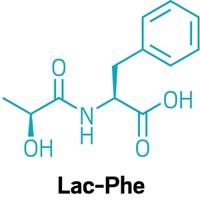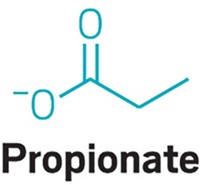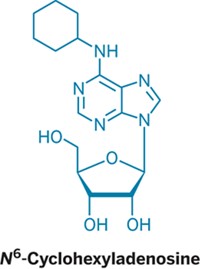Advertisement
Grab your lab coat. Let's get started
Welcome!
Welcome!
Create an account below to get 6 C&EN articles per month, receive newsletters and more - all free.
It seems this is your first time logging in online. Please enter the following information to continue.
As an ACS member you automatically get access to this site. All we need is few more details to create your reading experience.
Not you? Sign in with a different account.
Not you? Sign in with a different account.
ERROR 1
ERROR 1
ERROR 2
ERROR 2
ERROR 2
ERROR 2
ERROR 2
Password and Confirm password must match.
If you have an ACS member number, please enter it here so we can link this account to your membership. (optional)
ERROR 2
ACS values your privacy. By submitting your information, you are gaining access to C&EN and subscribing to our weekly newsletter. We use the information you provide to make your reading experience better, and we will never sell your data to third party members.
Biological Chemistry
Bone hormone boosts exercise performance
A protein released by bones activates muscle to metabolize glucose and fatty acids, delaying exhaustion and improving performance
by Sarah Everts
June 20, 2016
| A version of this story appeared in
Volume 94, Issue 25
If you’ve ever been frustrated by the refusal of your tired muscles to continue a particularly exertive activity, feel free to blame your old bones, in particular a bone hormone called osteocalcin. Researchers led by Columbia University’s Gerard Karsenty report that osteocalcin is necessary for muscle cells to adapt to increased energy requirements during exercise (Cell Metab. 2016, DOI: 10.1016/j.cmet.2016.05.004). The bone hormone—a small protein—activates muscle cells to increase uptake and catabolism of glucose and fatty acids so that exertive activity can be maintained. Working with mice, the team found that circulating levels of osteocalcin double during endurance exercise in young adults, decrease sharply before or around midlife, and do not increase during exercise in older animals to the same extent as in younger ones. When the team gave osteocalcin to 15-month-old mice, the animals’ exercise capacity returned to that of three-month-old mice. If the results hold true in humans, one wonders whether osteocalcin will become as common in gym bags as a towel and water bottle, or whether the hormone will end up banned and added to international doping lists.





Join the conversation
Contact the reporter
Submit a Letter to the Editor for publication
Engage with us on Twitter